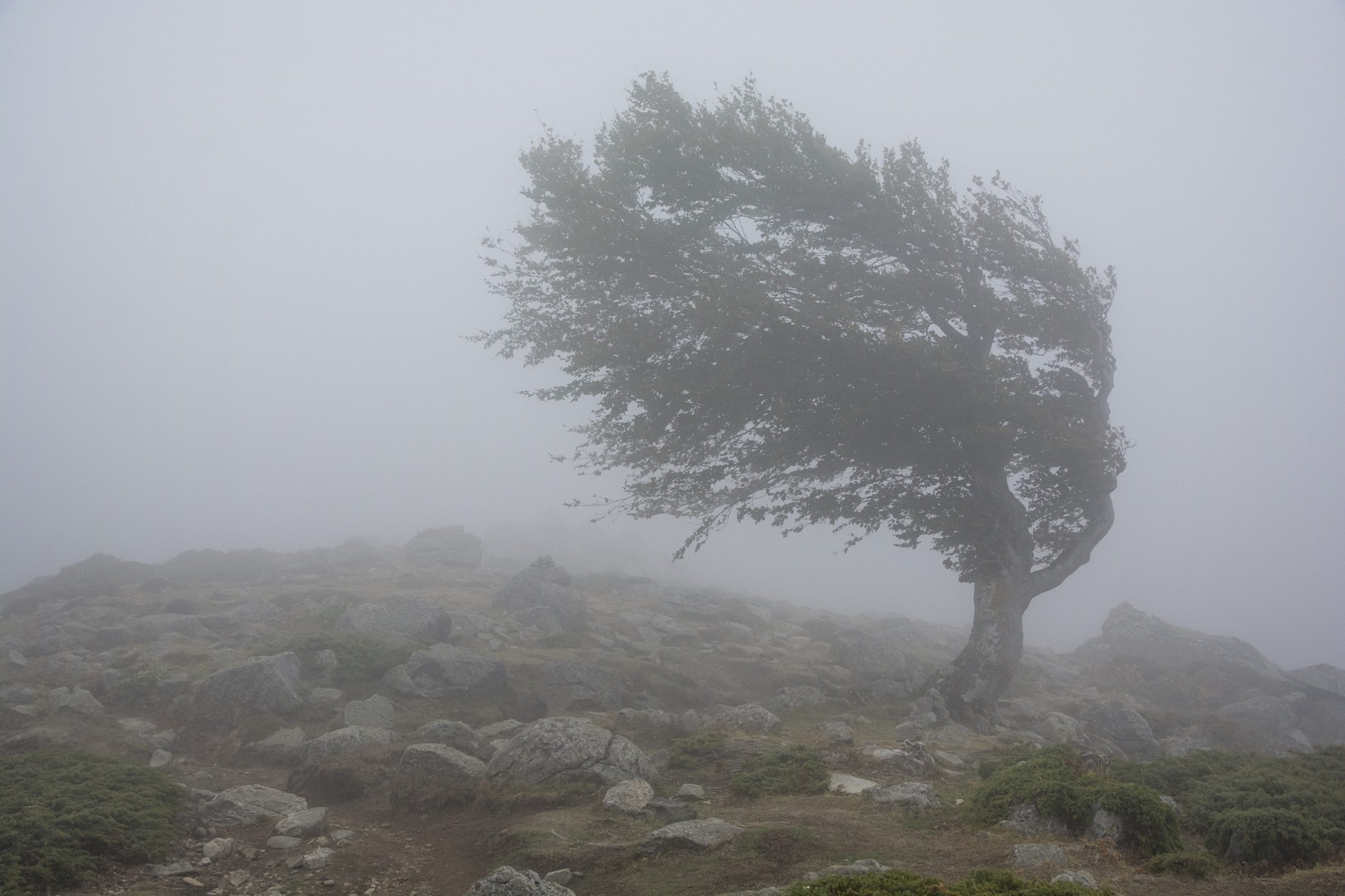I’m one of those people who loves a good summer storm. Nothing dangerous, just an over-passing storm that drops some rain and rattles the clouds with some bold thunder. Anyone with me? As long as there’s no dangerous lightning, I’ll go out on the back porch and just sit, watch and listen to the work of God in real-time.
Sometimes in the South, these storms get a little sideways and stir up tornadoes. We don’t see them often in our area, but they have made a few visits over the years. One of the more recent ones touched down along the I-85 Business Route, near Spartanburg Community College. The impact there created significant damage on two large companies. Thankfully, everyone was safe.
Like any curious bystander, I wanted to go see the aftermath of a tornado. I waited a few days, then made a trip to see the damage. As I drove along the interstate, I could clearly see the path of the storm outlined with building debris spread all over the place. I also noticed something else that I did not expect to see.
As I drove past the center of the damage, I noticed a row of pine trees along the road that were snapped in half. I also noticed some other trees nearby that had been blown over. This was evident by the large web of roots sticking up at the bottom. As the storm passed over, some trees stood firm while others toppled over and fell to the ground. How could this happen?
They had two different root structures.
The pine trees’ roots grow deep. They grow down and create a solid anchor. The various fallen trees had a different root system. Their roots didn’t grow down, they grew out, along the surface. This allows the tree to absorb more water but sacrifices the solid anchor. On the surface and before the storm, they looked the same. And for the most part, they both stood tall during most storms, but when a bad storm showed up, so did their root system.
What’s your “root system”? Wait! You don’t have to tell me…the storms of life will answer for you. If your roots run deep, you might bend and part of you might break, but you won’t fall over. If they are shallow, you’ll be OK up to a point, but eventually, the storm will be too much to bear.
What does this look like in real-time? Deep-Rooted Christians build their lives on God’s Word. They read it. They engage with it. They treasure it. They hide in their hearts. They talk about it with others. They allow it to correct them. They make it a priority. Shallow-Rooted Christians might read it, but put it down when they finish and “check a box” that they completed a task. They read it because they should, not because they want to. They know about scripture, but they don’t know the scriptures, and seldom does it change their lives. Their spiritual lives look the same today as it did a year ago.
As we press on with the Rooted Reading Plan, let’s make sure we’re striving to get our roots deep. The storms are coming and we want to be ready.


